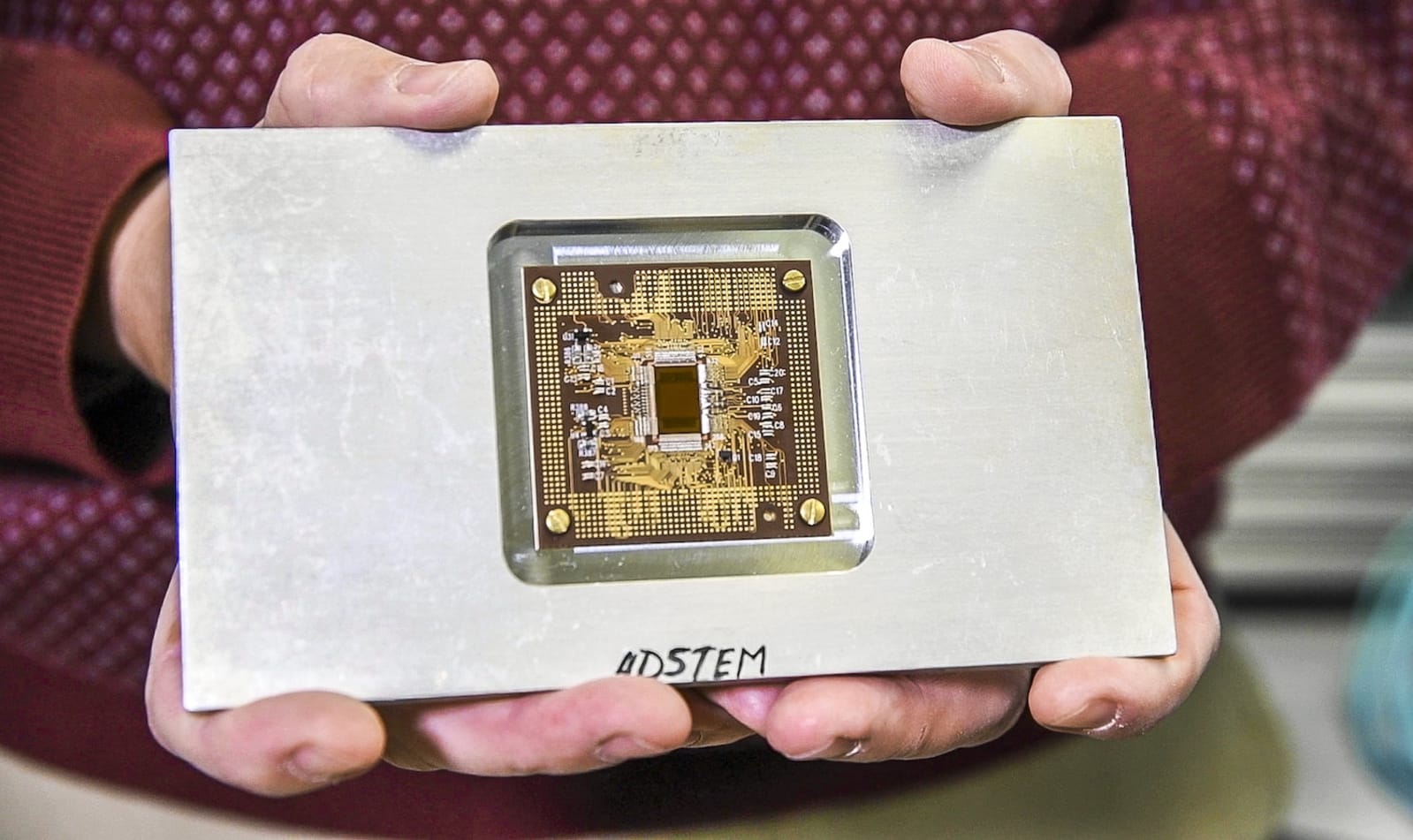
Having haunted our curtailed childhoods with tiny, disgusting horrors, the scanning electron microscope is about to get a new lease of life in 3D. Researchers in Japan have figured out how to deflect the electron beam rapidly to give two slightly shifted views, so real-time 3D images can now been scoped on a monitor without even the need for eye-wear. Current gear can only muster flat images, so it's always been painfully slow for scientists to extract convexity and other details from objects. Though the 3D-version is lower-res than the old way, at least now all those slimy mandibles and egg sacs will be right there in your face. Nice.
Beam-switching endows electron microscopes with 3D, added gross-out originally appeared on Engadget on Thu, 03 May 2012 17:59:00 EDT. Please see our terms for use of feeds.
Permalink  The Verge
The Verge |
 TechOn!
TechOn! |
Email this |
Comments
 A breakthrough in studying light might just be the ticket to the future of quantum computing. Researchers at EPFL have found a way to determine how light behaves beyond the limitations of wavelengths, opening the door to encoding quantum data in a s...
A breakthrough in studying light might just be the ticket to the future of quantum computing. Researchers at EPFL have found a way to determine how light behaves beyond the limitations of wavelengths, opening the door to encoding quantum data in a s...
 A breakthrough in studying light might just be the ticket to the future of quantum computing. Researchers at EPFL have found a way to determine how light behaves beyond the limitations of wavelengths, opening the door to encoding quantum data in a s...
A breakthrough in studying light might just be the ticket to the future of quantum computing. Researchers at EPFL have found a way to determine how light behaves beyond the limitations of wavelengths, opening the door to encoding quantum data in a s...
 The Department of Energy's Lawrence Berkeley National Laboratory installed a new electron detector that can capture images at the atomic level at a much faster rate than ever before. One possible application of this tech is a better understanding of...
The Department of Energy's Lawrence Berkeley National Laboratory installed a new electron detector that can capture images at the atomic level at a much faster rate than ever before. One possible application of this tech is a better understanding of...



